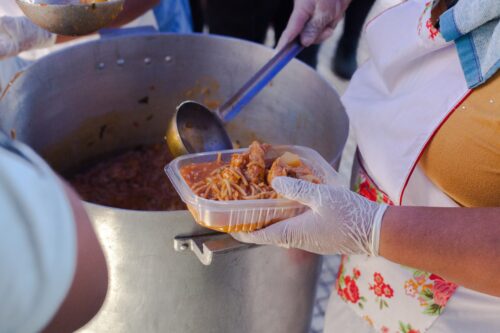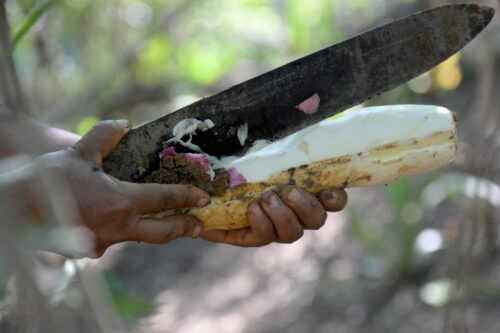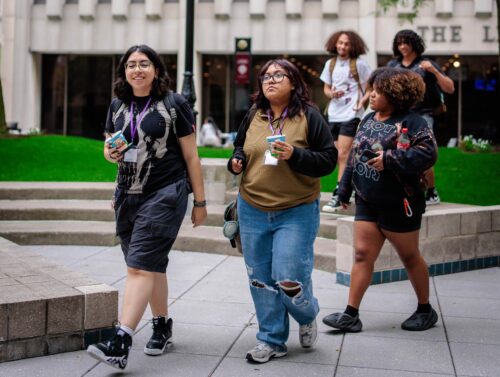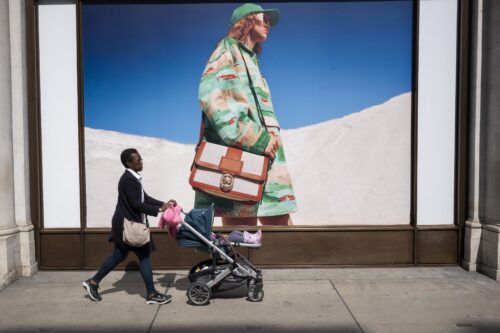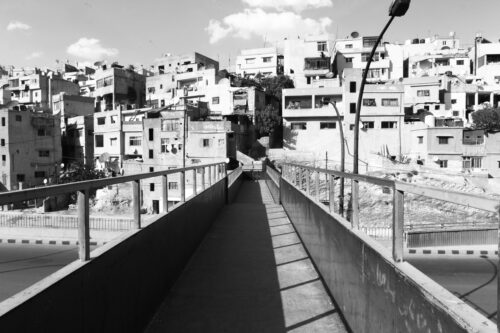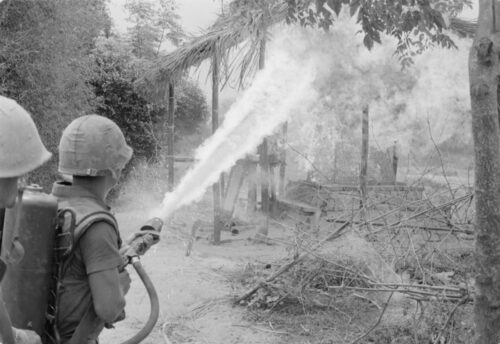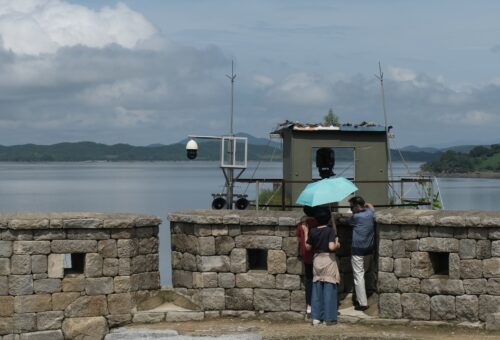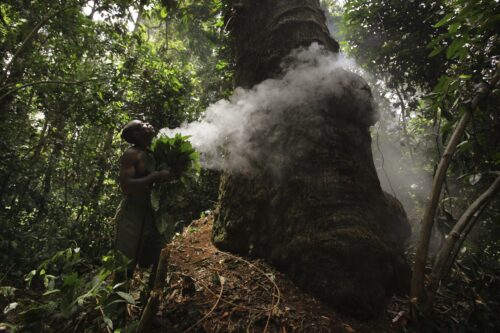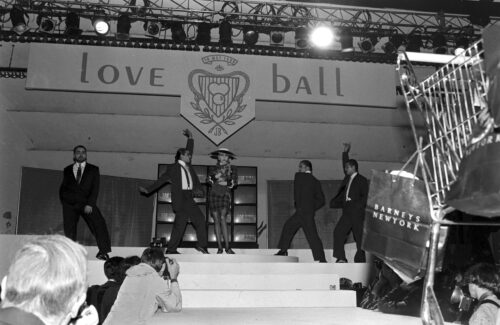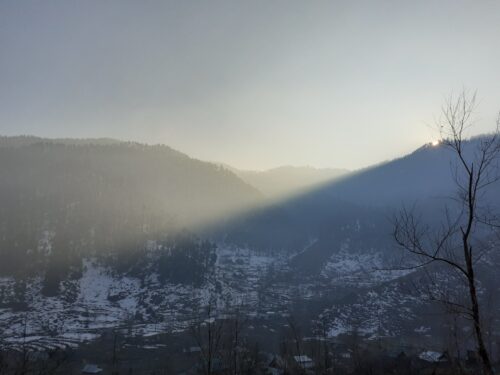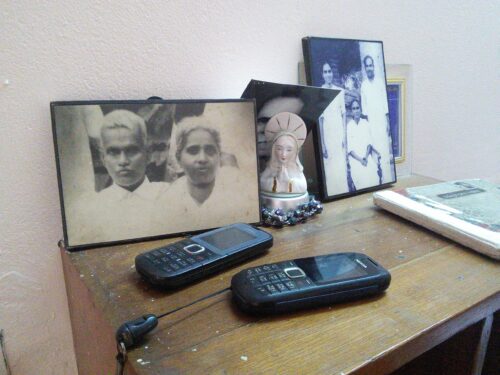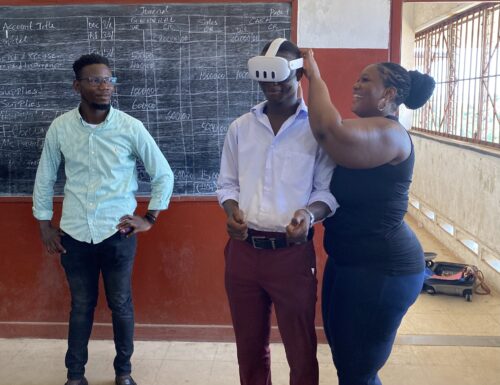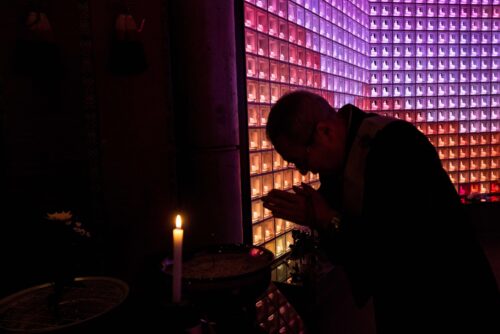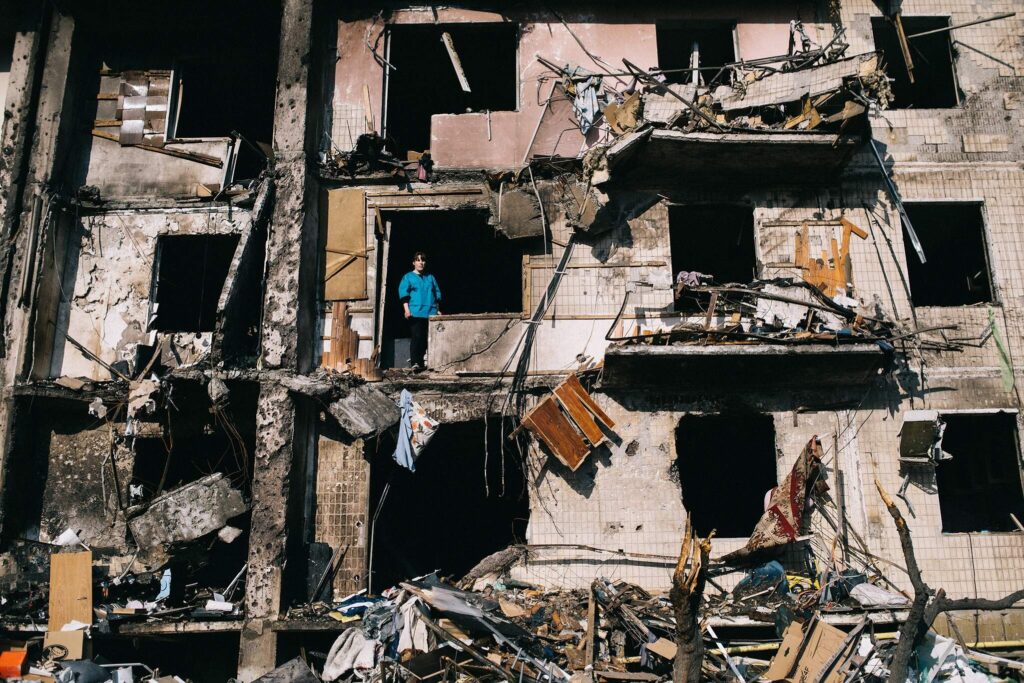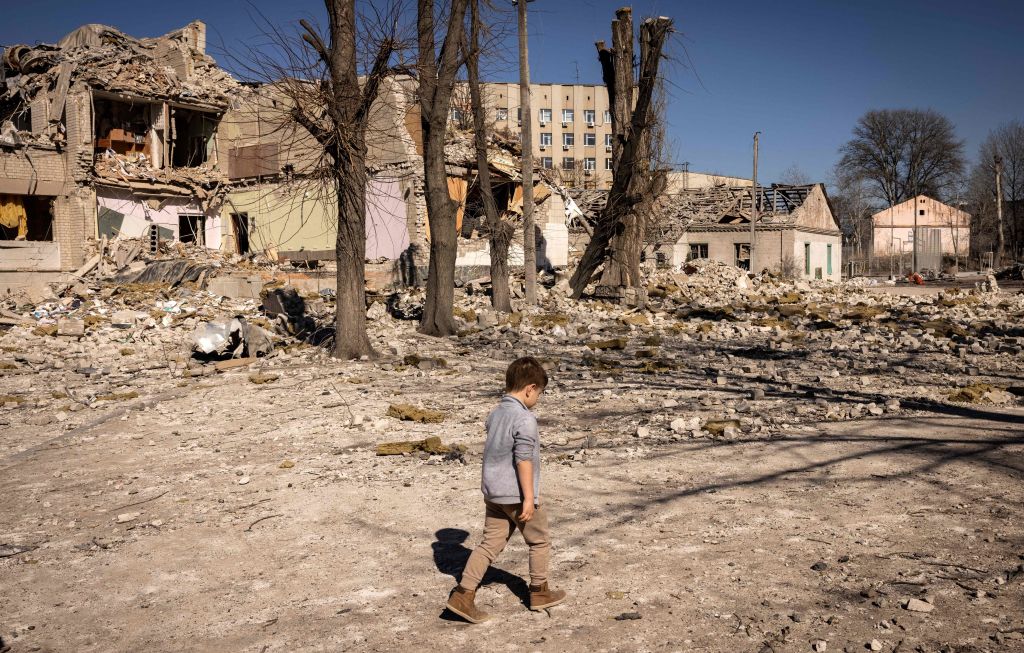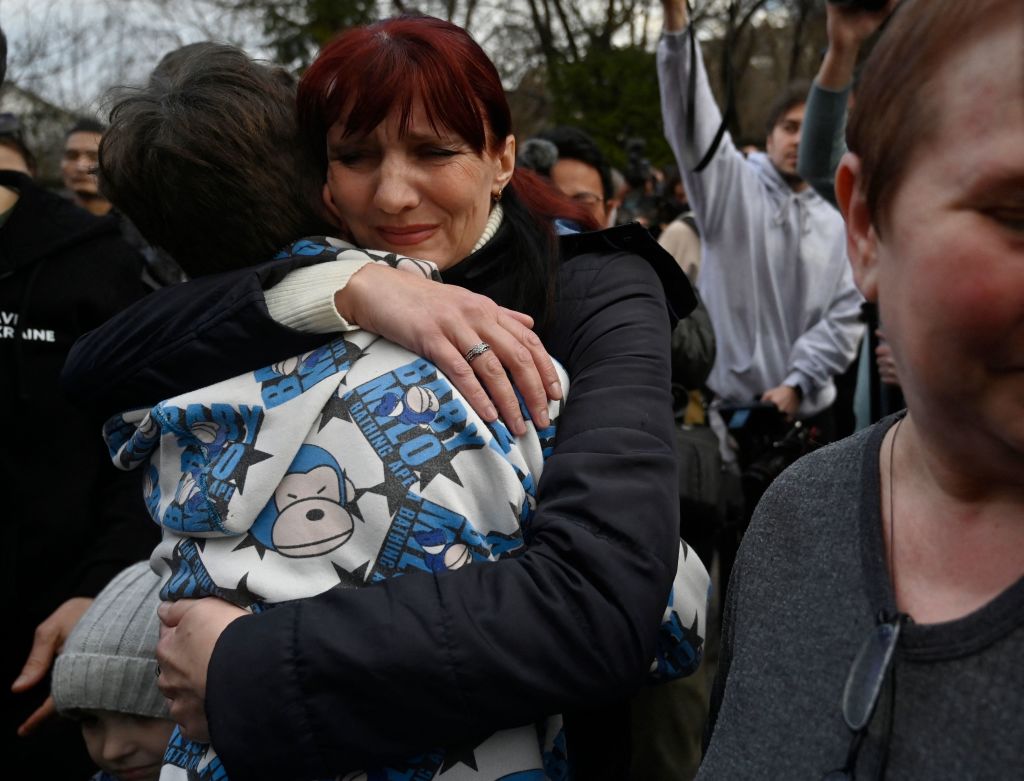Inside Russia’s Campaign to Steal and Indoctrinate Ukrainian Children
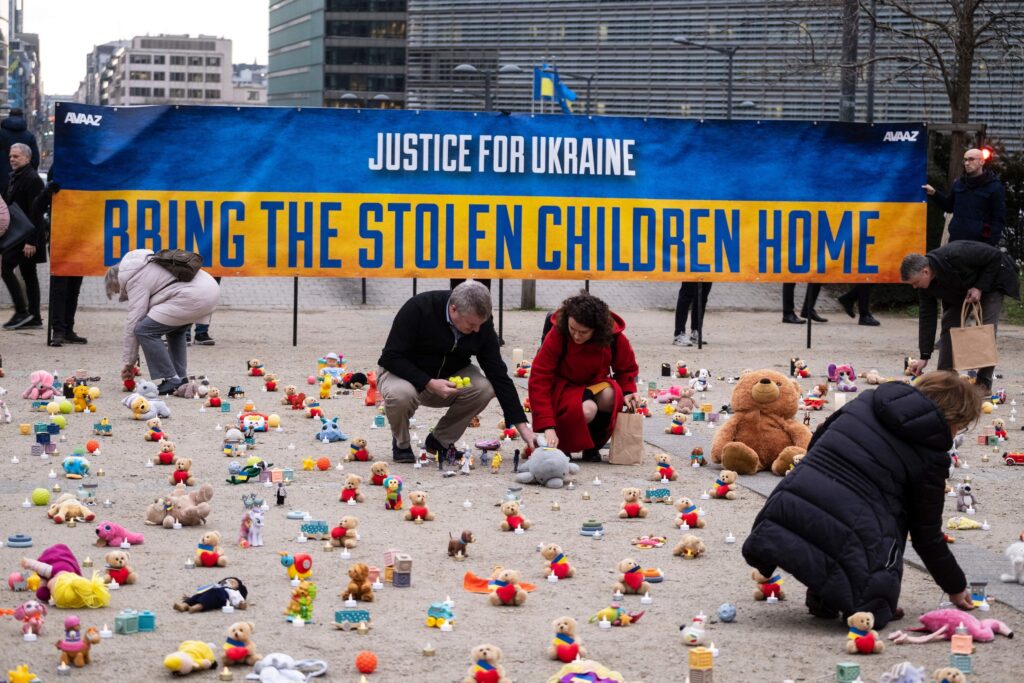
Not long after Russia’s full-scale invasion of Ukraine in February 2022, Mikaela—who worked as a nurse and was trained as a medic—was deployed to the Ukrainian frontline. [1] [1] All names have been changed to protect people’s privacy. She entrusted her daughter, Vika, with her mother, as many soldiers and medics did for the sake of their country’s territorial defense. When Mikaela came home on temporary leave, Vika was gone.
At first, the truth was so difficult to hear that Mikaela felt dizzy and disoriented. It was like the oxygen had been sucked out of the room.
Mikaela’s mother recounted the day Vika didn’t come home from school. Mikaela’s brother Vlad had picked up his niece after school, per their usual routine. But unbeknownst to Mikaela’s mother, instead of taking her home, he put her on a bus destined for a “reeducation” camp in Russia.
Mikaela and Vlad had often disagreed about the war. She is a patriotic Ukrainian unwaveringly committed to her country’s survival. She saw the invasion as criminal, a violation of her country’s territorial sovereignty. Vlad viewed the invasion as part of a corrective—a “cleansing” measure. After he started calling Mikaela names like “Nazi” and “fascist” in a sardonic tone, they stopped speaking.
In a kind of sibling rivalry on steroids, Vlad took advantage of Mikaela’s absence to claim Vika was without parental care and hand her over to occupying Russian authorities. He capitalized on recent Russian legislation that simplifies the process through which Ukrainian children can be granted Russian citizenship, paving the way to their permanent residence in Russia.
Mikaela was in shock. Her daughter’s rumpled pillow still smelled like her favorite shampoo. Her plush toys were lined up, unscathed, on a shelf. It seemed as if Vika might walk back into the room at any moment. But in fact, she was hundreds of miles away. And Mikaela didn’t know how—or if—she could get her back.
The estimated number of children sent unlawfully from Ukraine to Russia since the full-scale invasion varies widely, from 20,000 to 750,000. Child removal is a way for Russia to claim the Ukrainian children it has not killed with missile or drone strikes. Through a vast network of shelters and camps, Russians and their supporters provide kids with Russian identity documents, indoctrinate them into pro-Russian beliefs, and, in many cases, send them to foster and adoptive families.
Through this insidious method of genocide, Russia is furthering its goal of annihilating modern Ukraine. One child at a time.
THE PERSONAL SIDE OF THE WAR ON UKRAINE
Among the most iconic images of Ukraine under Russian bombardment are those depicting residences with walls or ceilings sheared off. Viewers see the stove with the tea kettle still on it, a couch littered with shards of glass, and books still lined up on a shelf above the rubble. These images provide a catalog of how Russian aggression has targeted civilian infrastructure—a violation of international humanitarian law.
The gaze from the outside is incomplete, however, without a view from within. My recently published book, Everyday War: The Conflict Over Donbas, Ukraine, reverses the usual vantage point to show readers what the war is like from the inside out.
The literature on war usually treats personal life as a backdrop for the “real” action. This book explores personal relationships directly to show the difference they make for survival, the dignity of the dead, and the outcome of Russia’s war on Ukraine that began in 2014 and escalated into a full-scale invasion in 2022.
As a cultural anthropologist who has carried out extensive fieldwork across Ukraine, I developed the term “everyday war” to refer to the deliberate ways noncombatants engage with the military aggression, blurring the distinction between civilian and combatant. They assemble Molotov cocktails in the park, dismantle road signs in the streets to disorient invading forces, and personally deliver groceries or medical supplies to the front. As many Ukrainian people have said, every Ukrainian has to be a warrior now.
Societies are not just destroyed through military aggression from the outside, but also from within.
I was inspired to devote my research to the role of relationships in war when people in Ukraine told me that some of their greatest suffering came from the destruction of friend and family relationships. In fact, nearly 70 percent of the 150 people I interviewed between 2015 and 2018 mourned the loss of close relationships due to the war.
These shattered connections, child removals, and indoctrination efforts—often orchestrated by the child’s family, teachers, and caretakers—illustrate a core finding from Everyday War: Societies are not just destroyed through military aggression from the outside, but also from within.
GENOCIDE THROUGH INDOCTRINATION
A Ukrainian friend living in Russian-occupied Crimea told me that one day when she picked up her son from school, the usually loquacious and exuberant kid folded his arms, frowned, and refused to say anything. For a while, her queries about what had happened yielded only “Nothing!” and “I’m fine!” A few days later, however, he blurted it out: His teachers at a Crimean school had told him Ukrainians are “killers,” “criminals,” and “Banderovtsi.” [2] [2] Banderovtsi is a term the Russian state media and Russian people have used against Ukrainians to associate them with the forces of Stepan Bandera, who led the Organization of Ukrainian Nationalists. The slur falsely equates contemporary nationalists with nationalists who collaborated with the Nazi regime during WWII.
The boy had concluded that because his mother watches Ukrainian TV through a virtual private network connection and often weeps over what she sees, she must be a “traitor.” That word is among the worst things one can be called in today’s Russia and Ukraine.
My friend’s eyes welled up with tears as she told me this story, recalling the rift between her and her son. She realized the Russian-backed regime was “splitting his mind in two”; it was the government’s express intention to indoctrinate children into anti-Ukrainian views. Based on what had happened to her son, she and her husband decided to leave their beloved Crimea and bring the family to a Ukrainian-controlled city.
The goal of the Russian regime is clear: to indoctrinate Ukrainian children with pro-Russian beliefs as a way to create more Russians. Ukrainian children in Russia report that they are required to sing the Russian anthem or face punishment. They are exposed to denigrating comments about Ukraine and untrue “history” lessons. Russian materials document a blatantly misleading narrative that erases Ukraine’s distinct history, culture, and language.
This strategy recalls the indoctrination of Native American children in historic U.S. boarding schools. Like abducted Ukrainian children, many Native American children were stripped of their language and cultural traditions. Captain Richard Pratt, founder of the Carlisle Indian Industrial School in Pennsylvania, described the practice in 1892 as: “Kill the Indian in him and save the man.”
Genocide is a form of social engineering. It alters a country’s demographic through killing, changing identities, and reorganizing who cares for whom. As such, the forced transfer and indoctrination of children is a technology of power included in the definition of genocide.
THE REPERCUSSIONS OF CHILD REMOVALS
There can be no question of Russia’s intention to destroy families.
Russian authorities allege that many children are brought to reeducation camps with the permission of their parents. In fact, war-weary parents have often consented to a reprieve for their children, thinking they would benefit from a break from war. But that consent becomes null and void when the children are not returned on time, are moved from one camp to another without notice, or are told their parents may not be able to come for them and are urged to go into family care.
Children have also been removed from their families during the mandatory “filtration” process, in which adults in the temporarily occupied territories are detained, searched, and questioned about their political views. Those who “fail” are typically deported to Russia. The process can last anywhere from a few days to a month, and Russian authorities have used a parent’s detention as an excuse to claim the child.
This maddening circularity is obvious to the parents, who point out that their children were taken precisely when they were detained. Recovering the children is next to impossible. There are no commercial flights over Ukraine. Retrieving kids requires navigating a complex bureaucracy, traveling over potentially mined roads, and taking long and dangerous journeys, typically through Poland and Belarus to Russia before returning to Ukraine. Ukrainian nongovernmental organizations are assisting with returns that are legally complex and geographically circuitous.
Mikaela was fortunately reunited with Vika. But their story does not end there.
Mikaela characterizes her relationship with her brother as irrevocably broken. And she and Vika face a difficult road ahead. The reintegration of Ukrainian children—if and when they are returned to Ukraine—is fraught. Many children have resided in Russian institutions or with Russian families for a considerable period of time, and repatriation requires new adjustments. It is also challenging to deconstruct the emotional walls built by Russia.
Like fixing the physical infrastructure, repairing the damage to Ukraine’s relational infrastructure is vital for the survival of the country. To help heal this collective trauma, it’s necessary to involve the entire family.
A pastor who leads a church-based relief organization for people affected by Russia’s war on Ukraine noted, “We work with the spouse. We work with the parents. We work with the children. We work with the sisters and brothers, and the aunts and uncles in order to create conditions that are more comfortable.”
Despite these efforts, the pastor was blunt about the potential outcomes for these families: “You can never heal completely,” he said. “But you can learn to think differently and start to look at the world with different eyes.”

